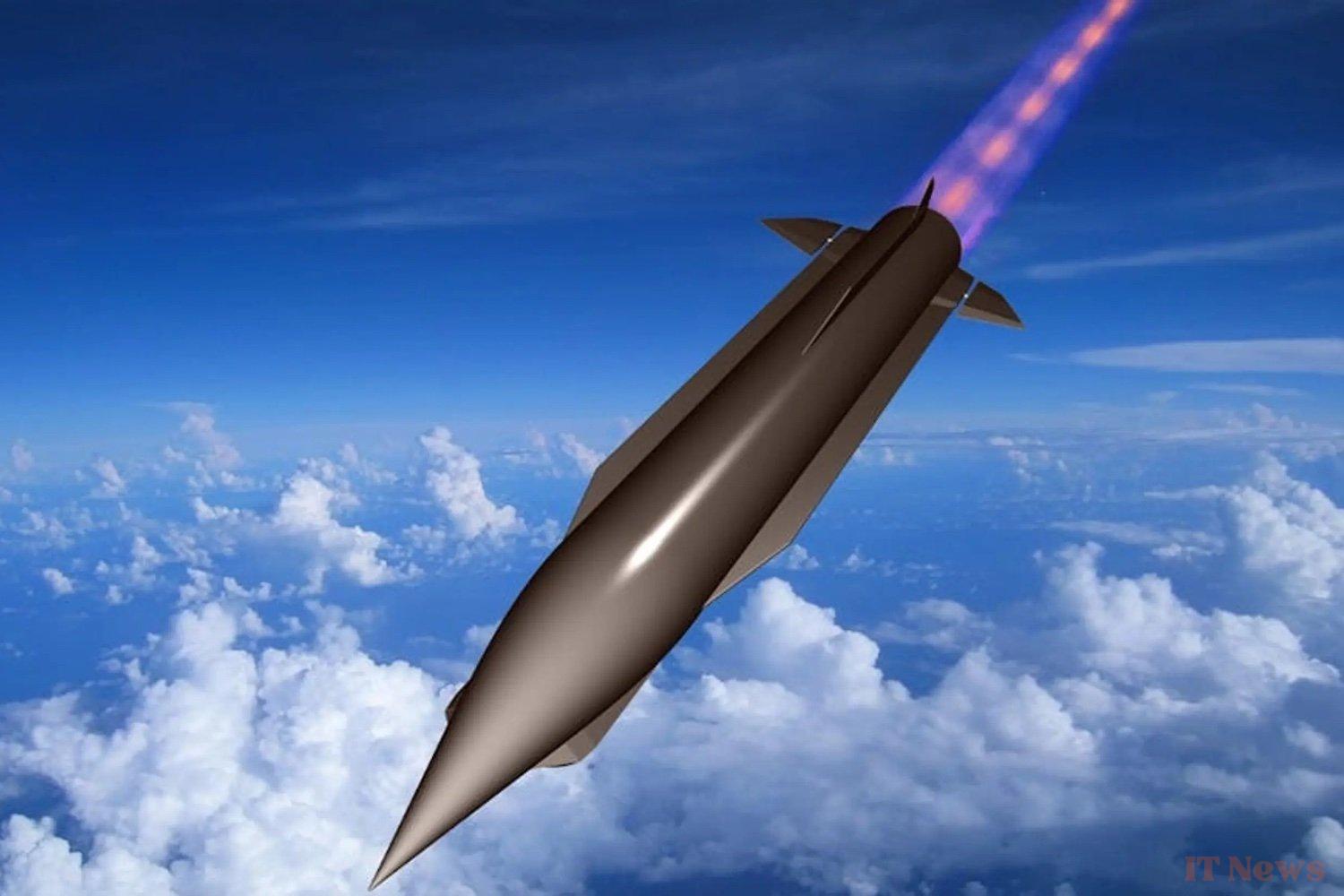This is a concrete step forward for the British hypersonic program. The Ministry of Defense (MoD) has just announced that its future missile engine has successfully passed a battery of tests. Designed in partnership with the United States, this engine is intended to equip a cruise missile capable of reaching Mach 5 – five times the speed of sound, or approximately 6,100 km/h.
An engine designed two
To develop this technology, the United Kingdom is relying on its Team Hypersonics (UK) program, which brings together scientists, small local businesses, and American partners. One of these partners, the British SME Gas Dynamics Ltd, conducted 233 static tests at NASA's Langley Research Center in Virginia. These tests took place over six weeks and evaluated different variants of the engine across a wide range of speeds, from supersonic to hypersonic.
The work is still far from complete, but the ministry sees it as an important step. According to John Healey, British Secretary of State for Defense, this project is crucial: "We live in a more dangerous world. It has never been more important to innovate to stay ahead." He also underlines the importance of the partnership with Washington, described as "working hand in hand" between the two countries despite repeated attacks from Donald Trump. What the United Kingdom wants is not a simple missile that falls at high speed, but rather a device propelled from start to finish by a so-called "air-breathing" engine. In short, an engine that uses ambient air to operate, allowing it to go further than a conventional missile, while flying at a low altitude. This makes it easier to evade radar detection.
But this type of propulsion poses numerous problems. At Mach 5, the air enters the engine with such force that the flow must be slowed down to prevent everything from exploding. To achieve this, engineers are relying on an intelligent air intake, capable of adjusting in real time. The materials must also withstand temperatures exceeding 2,000°C. Even titanium melts at this heat. Result: high-temperature ceramics, composites, cooling systems... everything is studied to the millimeter to avoid overheating.
Another constraint: this entire system must fit into a small space, without being too heavy, and must find a place in a missile launched by an airplane or a rocket.
The United Kingdom does not provide technical details – due to defense secrecy – but affirms that the first tests validate the robustness of the engine and allow preparation for future developments. The country hopes that by combining its industrial capabilities with American experience, it can not only accelerate development but also reduce the cost.



0 Comments